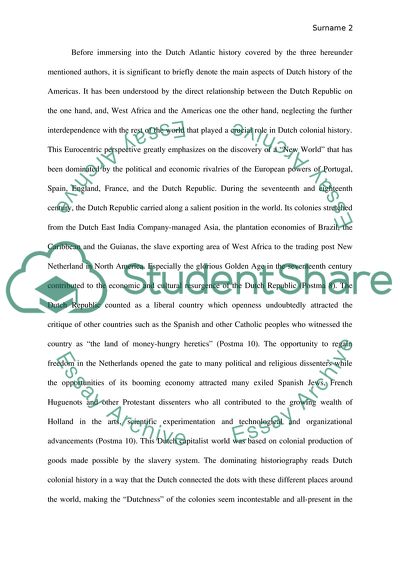Cite this document
(The Dutch Atlantic World: an Illusive Reality Assignment Example | Topics and Well Written Essays - 3500 words, n.d.)
The Dutch Atlantic World: an Illusive Reality Assignment Example | Topics and Well Written Essays - 3500 words. https://studentshare.org/history/1855318-dutch-atlantic-history
The Dutch Atlantic World: an Illusive Reality Assignment Example | Topics and Well Written Essays - 3500 words. https://studentshare.org/history/1855318-dutch-atlantic-history
(The Dutch Atlantic World: An Illusive Reality Assignment Example | Topics and Well Written Essays - 3500 Words)
The Dutch Atlantic World: An Illusive Reality Assignment Example | Topics and Well Written Essays - 3500 Words. https://studentshare.org/history/1855318-dutch-atlantic-history.
The Dutch Atlantic World: An Illusive Reality Assignment Example | Topics and Well Written Essays - 3500 Words. https://studentshare.org/history/1855318-dutch-atlantic-history.
“The Dutch Atlantic World: An Illusive Reality Assignment Example | Topics and Well Written Essays - 3500 Words”. https://studentshare.org/history/1855318-dutch-atlantic-history.


